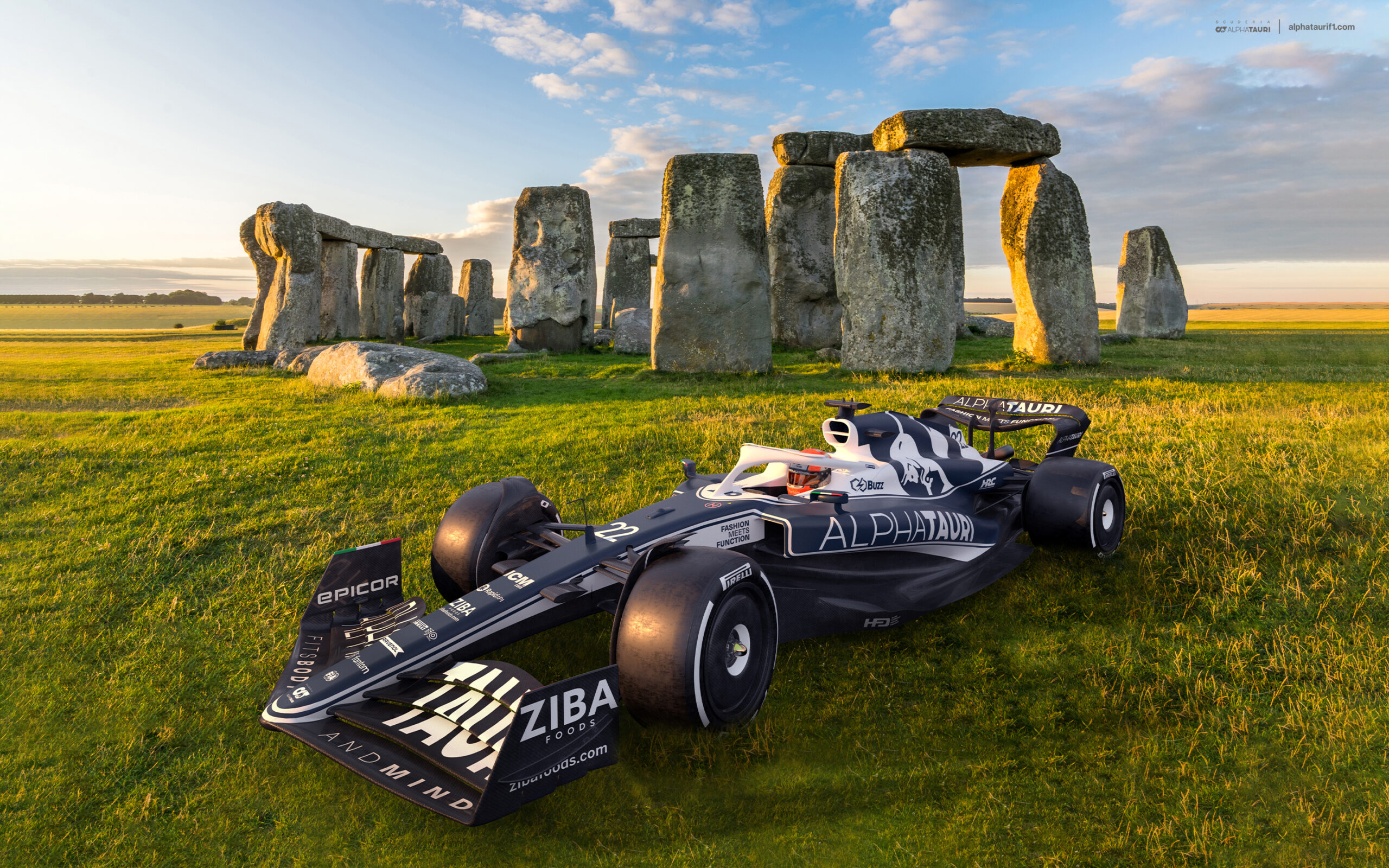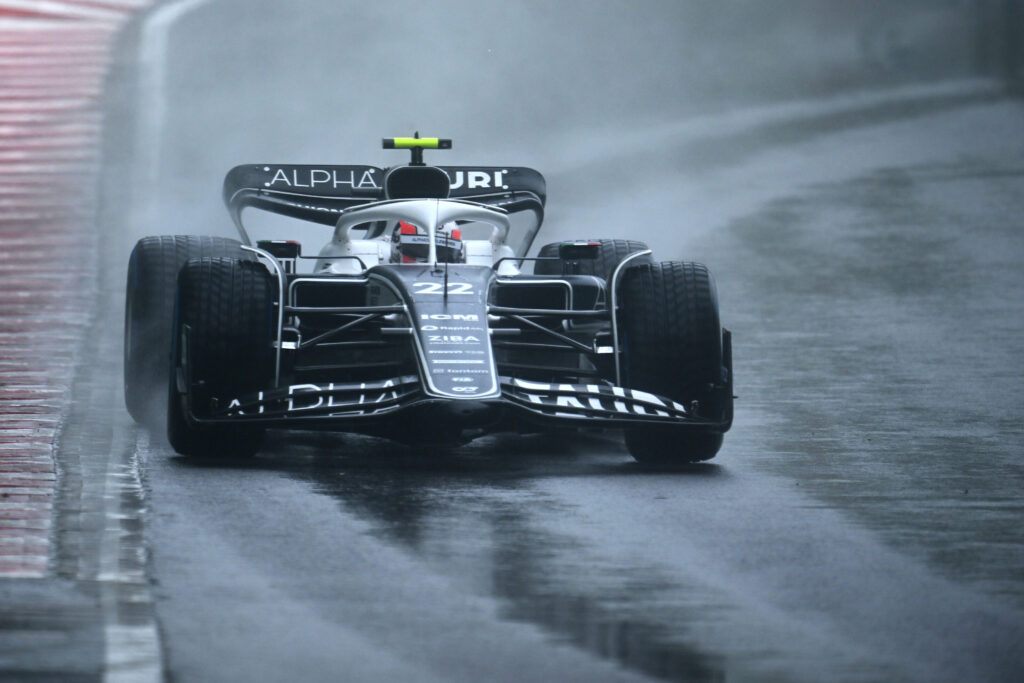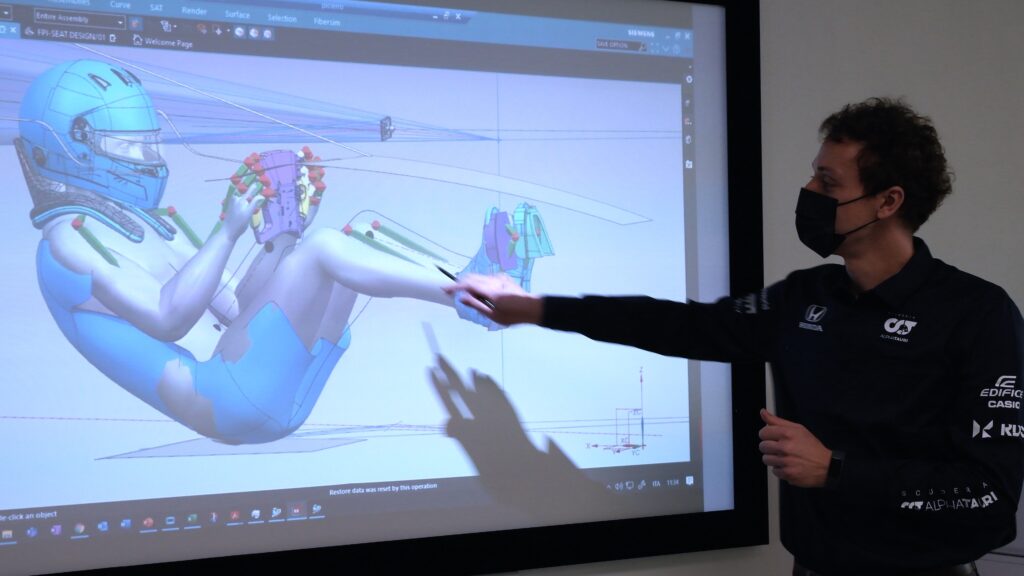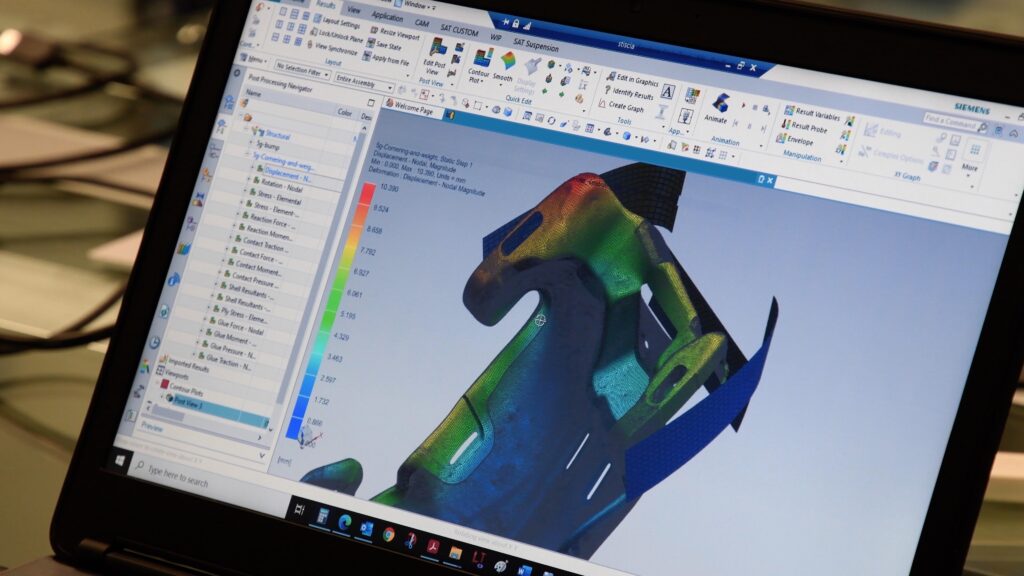It’s the British Grand Prix F1 this weekend…

Do we have a treat for F1 fans: Inside the world of Scuderia AlphaTauri.
A lot of things have changed since the first-ever Grand Prix F1 race at Silverstone in 1950. But, what you can’t argue is that over its 72-year history F1 has continuously focused on speed and safety. And this seems to be the case with the newly designed 2022 cars. Besides the shift in aerodynamic design and the ground effect force on the new cars, new safety regulations are one of the key reasons for design changes this 2022 season.
“There have been a lot of challenges. There is a complete new set of regulations. Aerodynamically, there is a large change in philosophy with a big increase in ground effect. This means the way we use the floor is quite different,” says Jody Egginton, Technical Director, Scuderia AlphaTauri F1 Team.

The main aerodynamic changes are the redesigned front and rear wings and the addition of underfloor tunnels on the car to produce more ground effect downforce. The means the cars should stick to the track for potentially faster runs, more wheel-to-wheel duals, more passing, and more agile maneuvering. Add in the new 18-inch tires and all this is certainly adding up to more exciting races.
Safer Grand Prix F1 cars for 2022
On the safety side, experts say the cars are twice as safe as the 2021 versions. The car chassis underwent extremely stringent crash test requirements. For example, the front impact test requires an absorption of 48% more energy than the previous car design, and a 15% increase for the rear impact test.
Following Romain Grosjean’s fiery crash in Bahrain in 2020, the power unit will separate from the chassis without exposing or bursting the fuel tank. And answering the deadly F2 crash at Spa-Francorchamps, Belgium in 2019, experts also introduced a longer front nose.
Weight gain
“The most important safety changes are the front nose; it can absorb an impact about 50 percent more energy, and the side of the car is also about twice as strong to lateral impact,” says Nicholas Tombazis, Single Seater Technical Director, Fédération Internationale de l’Automobile (FIA). “We’ve made improvements to the headrest for the driver and to the fuel tank. We’ve made it much more difficult for debris to spread out on the track, which would make it dangerous for other cars. So we’ve been working really hard on all of the safety features.”

All the new safety features together with the design changes and bigger wheels have resulted in a weight increase. The minimum weight originally went from 752 kg to 795 kg. Before the first race in Bahrain, most of the F1 teams struggled to make the minimum driver plus car weight of 795 kg. At the last minute, the teams reached an additional compromise, increasing the weight to 798 kg. This might be why the first-edition 2022 cars were a little slower to start than the 2021 cars, which had undergone 5 years of design optimization.
Just how hard is it to design a new F1 car?
Well, late last year, we headed down to Faenza, Italy, the hometown of Scuderia AlphaTauri, to find out how they were getting along with the challenges of designing a new F1 car in time and practically from scratch. Luckily, the Italian team of design engineers behind the new 2022 Scuderia AlphaTauri cars could count on tools from the Siemens Xcelerator portfolio (which includes Simcenter, of course).

Obviously a lot of things were under wraps. But, we were lucky enough to talk to the engineers in detail about developing one of the most overlooked — but highly important safety and performance enhancers in F1: the seat. Read the full story here…
_____________________________________________________________________________________________
And for the real fans: If you want more cool images of the stunning Scuderia AlphaTauri cars.
Please note original content created in December 2021.


